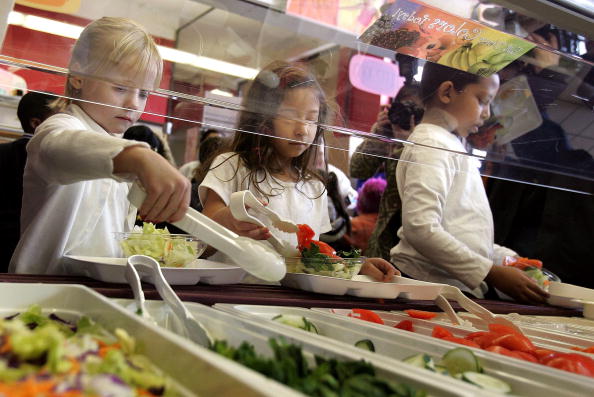
It isn't enough to offer kids more choices of health foods during school lunches; you also have to give them enough time to eat that lunch. A short lunch period at school may be a factor in whether children choose to eat fewer nutritious foods like vegetables and fruit and whether they waste a lot of food, according to a study. In schools with short lunch periods, under 25 minutes of sitting and eating, children eat less and throw out more food than in schools where they are allowed more time to eat.
Compared with schools where children could sit and eat for 25 minutes or more, those who had 20 to 24 minutes consumed an average nearly 7% less of their entrees, nearly 4% fewer vegetables, and 2.3% less milk. They were significantly less likely to choose a fruit to eat as part of their lunch. In schools that allowed less than 20 minutes, students consumed nearly 13% less of their entrees, nearly 12% fewer vegetables, and a bit more than 10% less milk.
In this study, researchers tracked the eating habits of 1,001 students in grades three to eight at six elementary and middle schools that were located in low-income school districts during the 2011-2012 school year. Information on the foods the children chose and how much was wasted was collected up to six times during the school year.
"During the school year, a substantial number of students had insufficient time to eat, which was associated with significantly decreased entrée, milk, and vegetable consumption compared with students who had more time to eat," the researchers concluded. "School policies that encourage lunches with at least 25 minutes of seated time might reduce food waste and improve dietary intake."
The study is being published in The Journal of the Academy of Nutrition and Dietetics.
